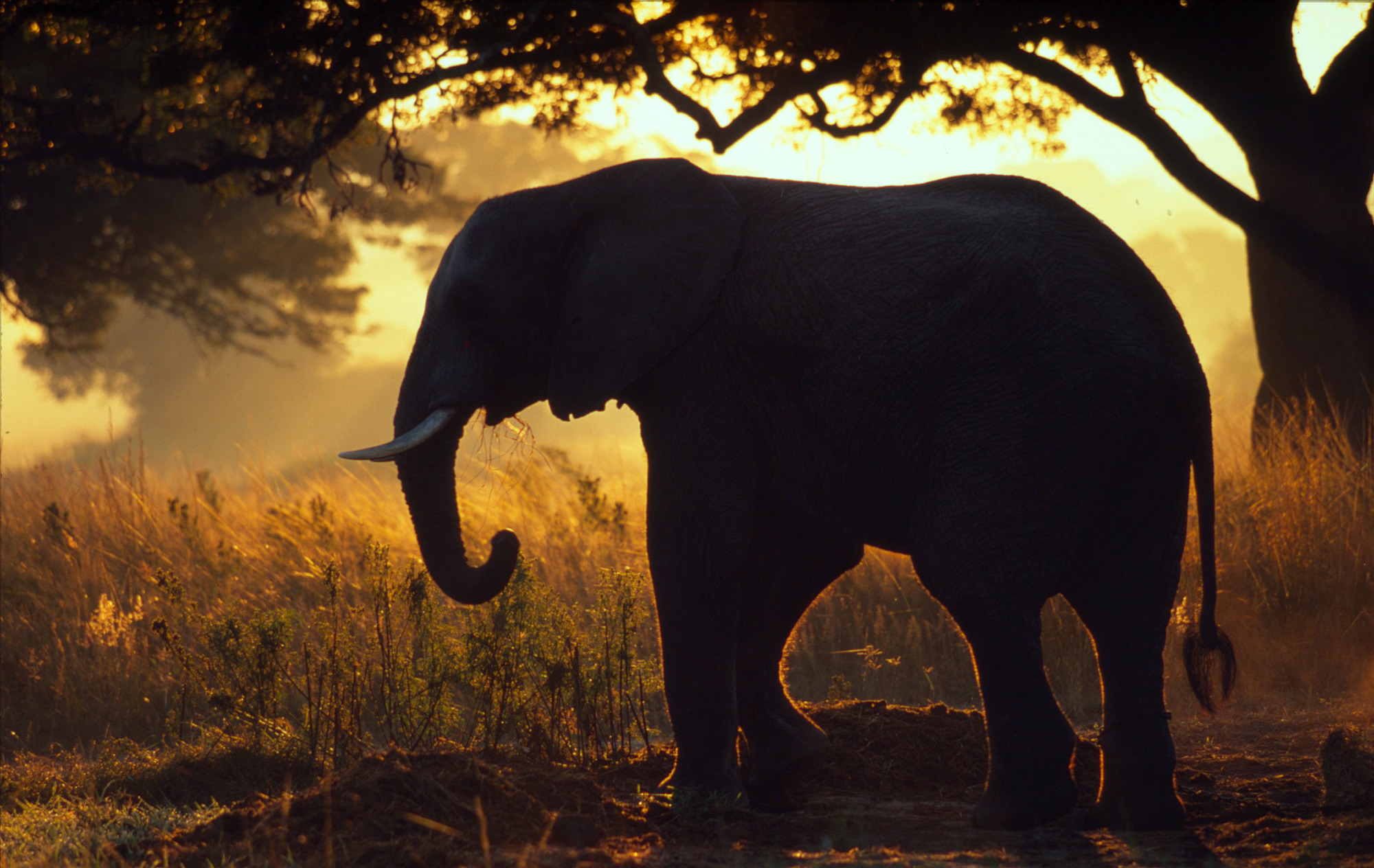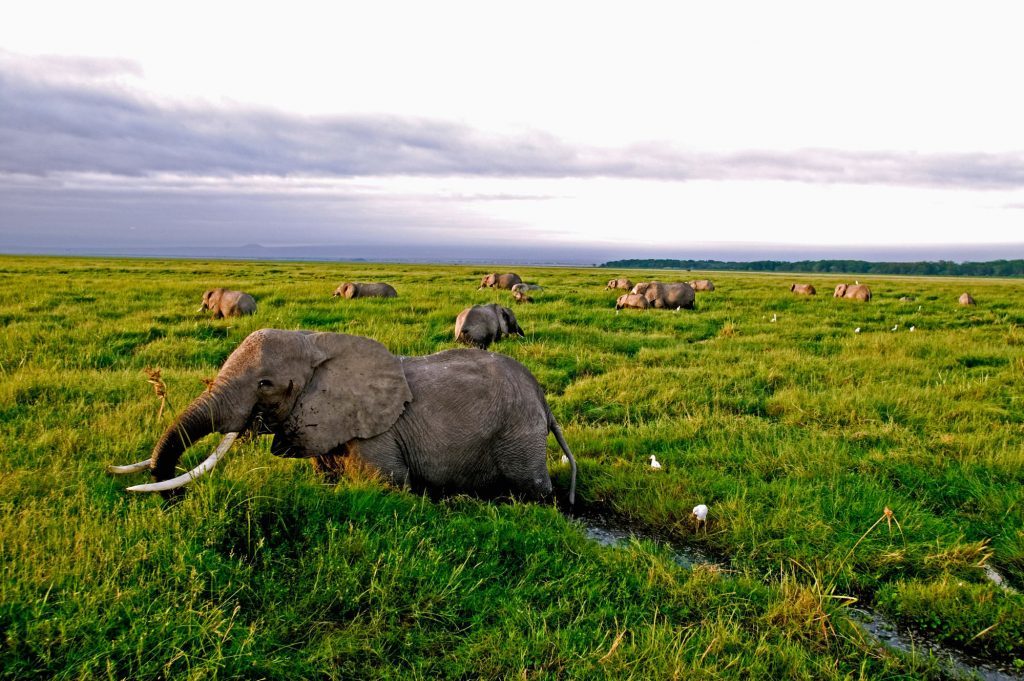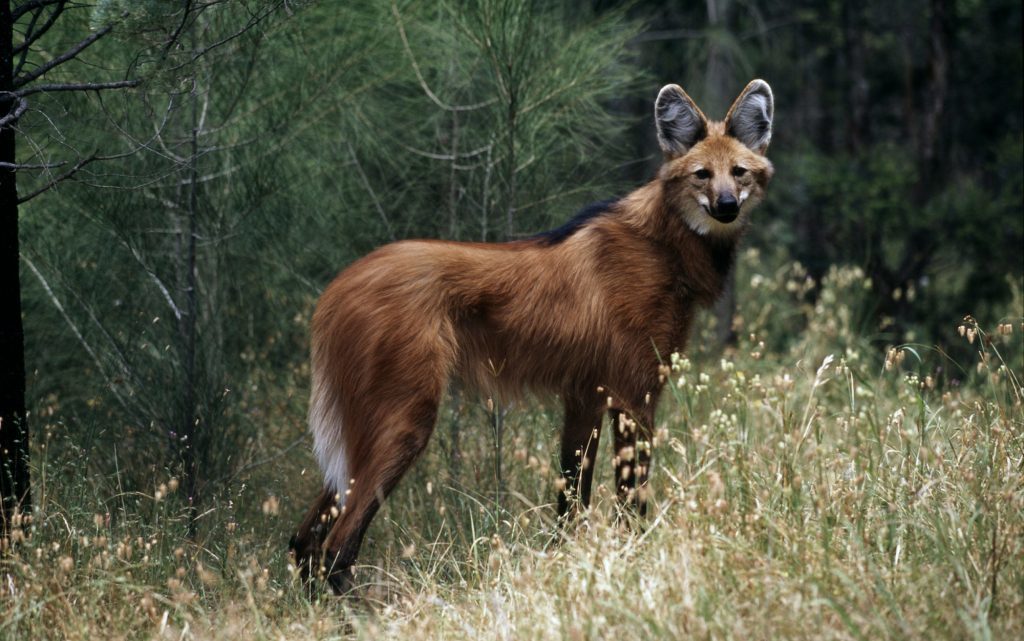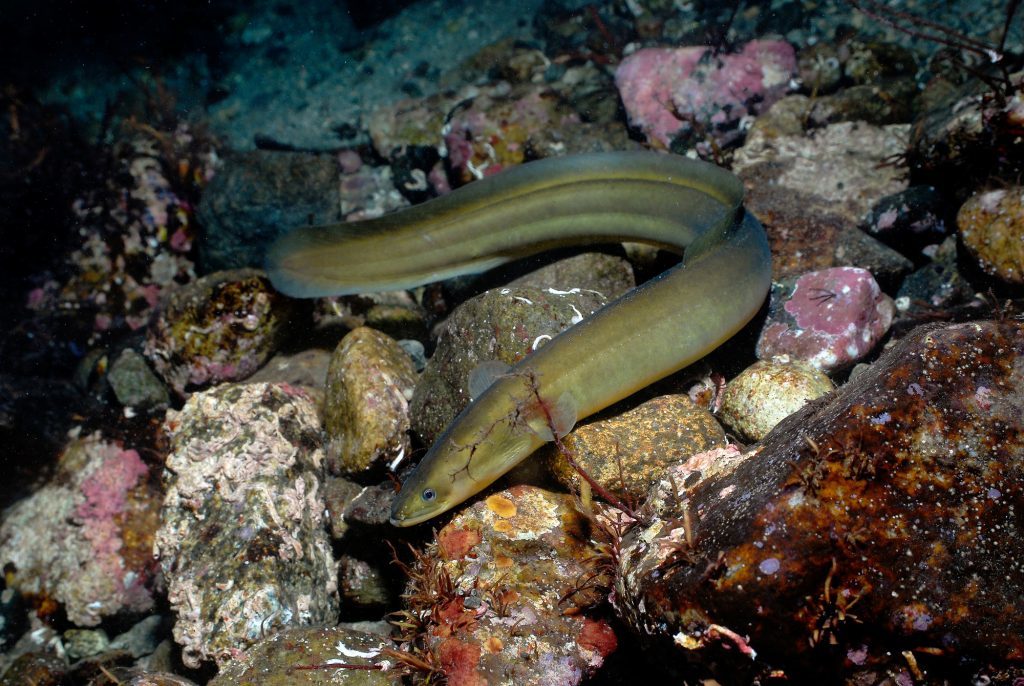
GLOBAL wildlife populations are set to have fallen by more than two thirds on 1970 levels by the end of the decade, conservationists warn.
Assessment of 14,152 populations of 3,706 species of mammals, birds, fish, amphibians and reptiles from around the world reveals a 58% fall between 1970 and 2012 – with no sign the average 2% drop in numbers each year will slow.
By 2020, populations of vertebrate species could have fallen by 67% over a 50-year period unless action is taken to reverse the damaging impacts of human activity, the Living Planet report from WWF and the Zoological Society of London (ZSL) said.
The figures prompted experts to warn nature was facing a global “mass extinction” for the first time since the demise of the dinosaurs.
African elephants in Tanzania have seen numbers crash due to poaching, maned wolves in Brazil are threatened by grasslands being turned into farmland and European eels have declined due to disease, over-fishing and changes to their river habitats.
Species are being increasingly affected by unsustainable agriculture and fishing, as well as mining and other human activities that cause habitats to be lost or become degraded.
Wildlife is also being hit by over-exploitation, climate change and pollution, the report warned.
It is not just wildlife that is being affected, with humans also the “victims” of the deteriorating state of nature, as they depend on breathable air, drinkable water and nutritious food, it said.
While wildlife continues to decline on average, species that depend on certain habitats have seen some improvements in recent years, the report revealed.
Grassland species have increased slightly since 2004, which the report puts down to conservation efforts for some mammals in Africa, though bird populations continued to decline.
Overall terrestrial species, which are found in habitats ranging from grasslands to forests, have seen populations drop by two-fifths (38%) since 1970.
Freshwater species are faring even worse, with declines of four-fifths (81%) between 1970 and 2012.
Wetland wildlife has seen an increase since 2005, and marine species have been stable since 1988 – although the majority of stocks that contribute most to global fish catches are now either fully fished or overfished, the report warned.
Mike Barrett, director of science and policy at WWF-UK, said: “For the first time since the demise of the dinosaurs 65 million years ago, we face a global mass extinction of wildlife.
“We ignore the decline of other species at our peril – for they are the barometer that reveals our impact on the world that sustains us.
“Humanity’s misuse of natural resources is threatening habitats, pushing irreplaceable species to the brink and threatening the stability of our climate.”
But he added: “We know how to stop this. It requires governments, businesses and citizens to rethink how we produce, consume, measure success and value the natural environment.
“In the UK, this demands a serious plan to strengthen protection for habitats and species and new measures to fast-track low-carbon growth.”
Professor Ken Norris, director of science at ZSL said: “Human behaviour continues to drive the decline of wildlife populations globally, with particular impact on freshwater habitats.
“Importantly, however, these are declines – they are not yet extinctions – and this should be a wake-up call to marshal efforts to promote the recovery of these populations.”
The report highlights the success of habitat protection and strict controls on hunting in Europe to help restore populations of wildlife including bears, lynx, wolverines and wolves.
Species under threat of extinction
Here are some of the species under threat:
African elephants have seen numbers fall by about 111,000 in the past decade, mostly due to poaching, with estimates this year that there now only 415,000 elephants across 37 countries in Africa
The maned wolf, along with other species such as the giant anteater, is threatened by grasslands in Brazil being converted into farmland for grazing and growing crops such as soy
Orca, or killer whale, populations in European waters remain under threat from persistent organic pollutants (POPs), which despite laws restricting their use are still in the mammal’s blubber at levels that exceed toxicity thresholds
Leatherback turtles have become increasingly rare in the tropical Atlantic and Pacific, declining 95% between 1989 and 2002 in Las Baulas National Park in Costa Rica due to development and being caught as by-catch
The European eel is declining due to disease, over-fishing and changes to rivers which impede its migration to the sea to breed
Vultures in south-east Asia, including the white-backed vulture and the Himalayan griffon, have seen numbers plummet in the past 20 years due to the cattle drug diclofenac, which causes kidney failure in birds that eat carcasses of recently treated cattle
Amphibians around the world are being hit by a species of fungus that causes the disease chytridiomycosis, which is thought to have caused steep declines or extinction of more than 200 species
Major Mitchell’s cockatoo saw a population crash in Australia, largely because people were illegally taking eggs for the pet trade, and though it is slowly recovering due to better enforcement, it is still at risk from clearing woodland and felling trees it nests in
There are only around 3,900 tigers left in the wild, with the critically endangered species facing destruction of its habitat, climate change and conflict with humans
As few as 70 Amur leopards are left in the wild, facing habitat destruction and hunting by humans
Giant pandas, one of the flagship species for nature conservation, have a population of just 1,864 in the wild in China, and although numbers are increasing, the species is still threatened by climate change and impacts of human activity
There are just 880 critically endangered mountain gorillas in the wild, with their habitat under threat and their population at risk from hunting for bush meat.
READ MORE
The world must unite to save the polar bear
Russians see leopards on the road to survival
Animal lover dedicates her life to rhinos after becoming a mum to orphaned calf

Enjoy the convenience of having The Sunday Post delivered as a digital ePaper straight to your smartphone, tablet or computer.
Subscribe for only £5.49 a month and enjoy all the benefits of the printed paper as a digital replica.
Subscribe

